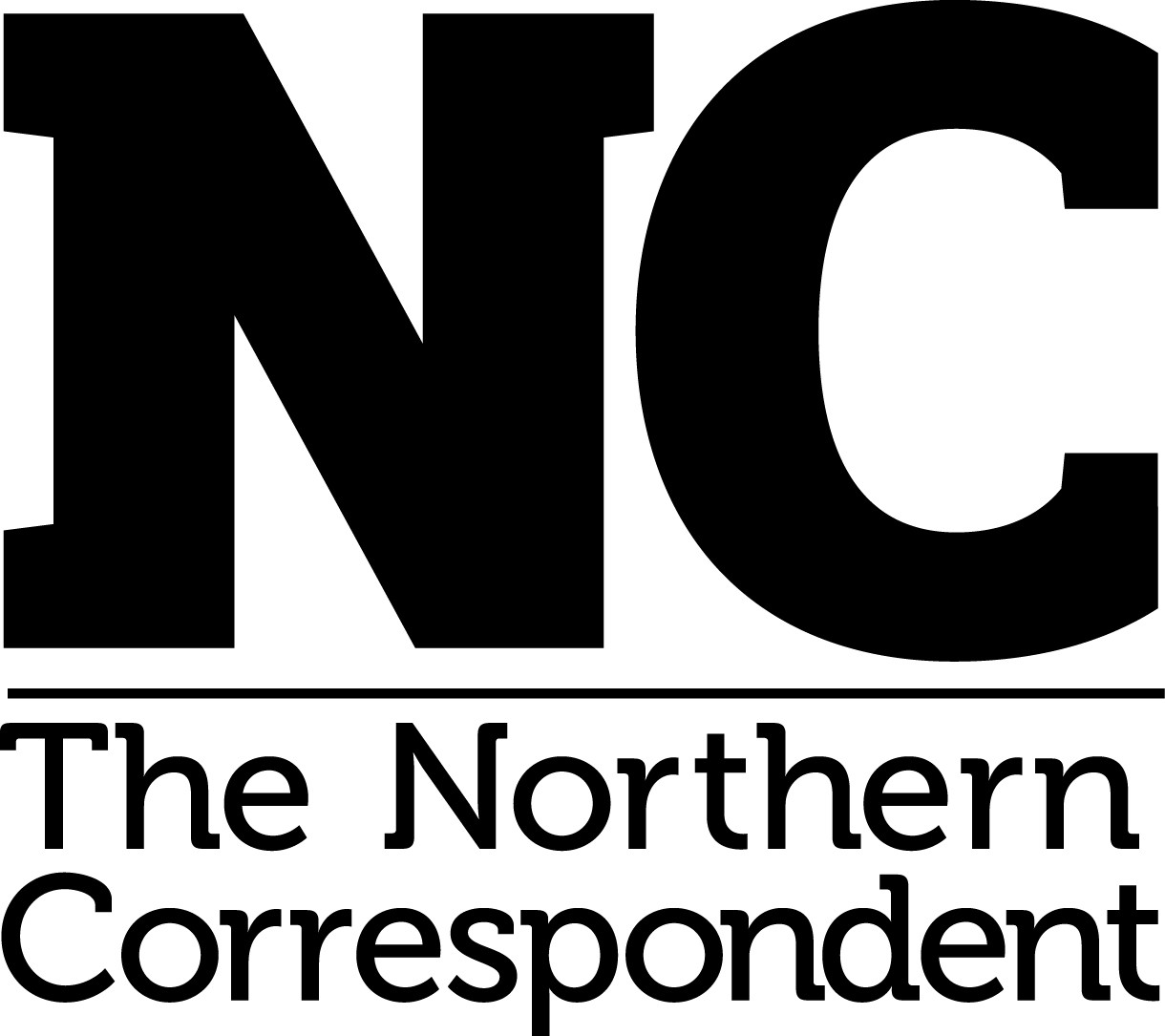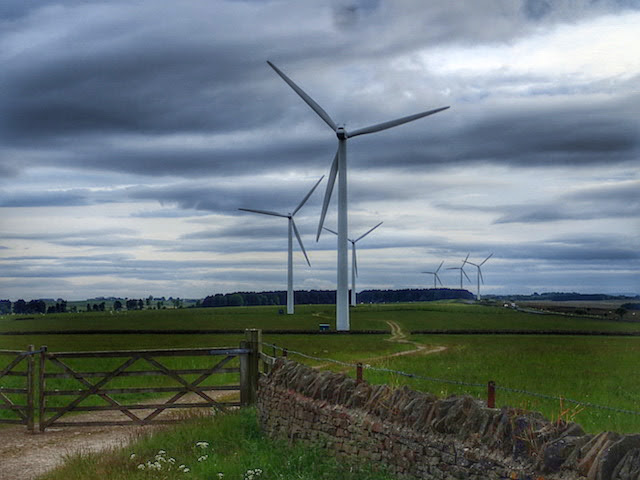Some north east communities build their own wind turbines, others have waste-power plants foisted upon them. We need clearer leadership on “community energy”, argues Simone Abram
True to the style of this current government, energy and climate change minster Amber Rudd is making announcements that appear to contradict her actions. All in favour of community-energy, yet decimating the “feed-in-tariff” that has made community projects economically viable. Worried about climate change, but scrapping incentives for renewable energy while sinking millions into pursuing fossil fuels.
With the future of her Department for Energy and Climate Change itself in the balance, the announcement of a cut to electricity feed-in-tariffs of 87% is sending shock-waves through the community-energy sector, with some saying that community projects are now impossible, and others spurred to more radical thinking.
While the Scottish Executive has a presumption that new renewable infrastructure must have a community benefit, and there is real support for renewables in Wales, here in England the requirement for community support for renewable infrastructure is widely perceived to be a thinly disguised conceit to prevent new onshore wind turbines being built.
Meanwhile at this week’s Labour party conference, Jeremy Corbyn’s new shadow minister for energy, Lisa Nandy, called for a “democratisation” (rather than “nationalisation”) of the energy system. So what does the future hold for our communities who want to build and manage their own energy projects?
Community energy is a lovely, cuddly name, but in practice it covers a very wide span of activities, from energy generation plant owned by local community trusts, community-interest companies or industrial provident societies, to local-authority schemes for bulk-buying energy on behalf of citizens, or energy-efficiency education activities.
In the north east, there are communities who have managed to build their own wind turbines, and others which have had waste-power plants foisted upon them. For deprived communities, in particular, this is a very frustrating time. Installing renewable energy generation in community ownership can be a superb way to generate income in deprived areas – and might just be the way to compensate for cuts to local authority services. As government cuts leave local authorities able only to provide statutory council services, an independent source of income is all the more valuable if you want to keep the village playground open for kids. At the same time, owning your own renewable generation infrastructure is a key way to reduce energy vulnerability, keeping costs down for those facing the steepest energy costs and minimising “fuel poverty”.
But uncertainty over the security of investment can cripple community projects more than most, since they are so vulnerable to begin with. We shouldn’t forget that community groups seeking to install renewable energy are very often run by volunteers who want to improve their local area – volunteers who lose a great deal of sleep, time and sometimes money in working towards their goals. It can take at least five years of planning, negotiating, consulting and cajoling to get a project to fruition. It’s not something you throw together in the pub (even if the idea starts there).
Changing rules, changing technologies, or changing neighbours can all throw a project off course, and there may be as many projects that stall as projects that succeed. The benefits of succeeding with a project might need to be offset against the enormous stress and demands of getting a project going in the first place, at least for the people who valiantly and doggedly pursue their goals despite the moments of nail-biting tension over last-minute lease agreements, lining up fickle funding sources and seeking planning permissions.
Small and voluntary groups – community trusts, “CICs” and “IPSs” as well as small co-ops and other local development organisations – need support. One kind of support is the provision of independent information and advice. While there are now many organisations purporting to offer advice, it can be difficult to work out who is trustworthy and where their interests lie. Local authorities in the north east are helping as much as they can without having funding to offer. Limited EU funding is emerging for very specific applied research, and research on, about, and for community energy is starting to come through the pipeline. Universities are rapidly scaling up their engagement in community energy research. But there is much to do.
Dr Simone Abram is co-director of the Durham Energy Institute at Durham University. You can follow her on Twitter.
Tell us your views in the comments section below – by clicking on the little speech bubble.
(Views expressed on our website and in our magazines and emails are not necessarily endorsed by The Northern Correspondent.)

